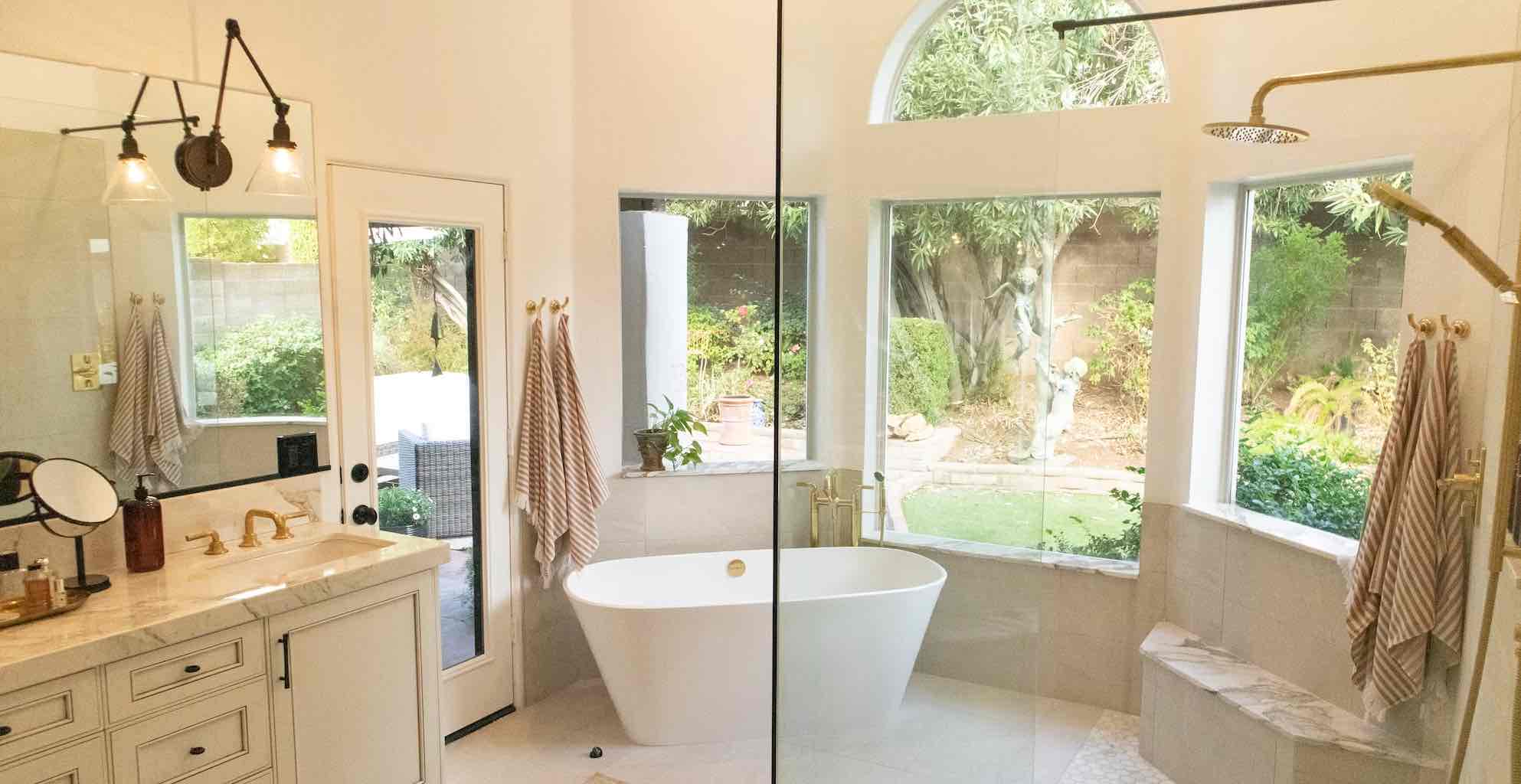
15 Jun Does My Homeowner’s Insurance Cover Water Damage and Mold Remediation?
Water damage and mold growth can be a homeowner’s nightmare, causing not only structural issues but also potential health hazards. Many homeowners wonder if their insurance policy covers the costs associated with water damage restoration and mold remediation. In this blog, we will explore the topic of homeowner’s insurance coverage for water damage and mold remediation, addressing common questions and providing insights to help homeowners navigate this important aspect of protection. Let’s dive in!
- Understanding Homeowner’s Insurance Coverage: Homeowner’s insurance typically provides coverage for sudden and accidental water damage caused by events such as burst pipes, leaking appliances, or roof damage from a storm. However, coverage may vary depending on the policy’s terms and the specific circumstances of the damage.
- Water Damage Coverage: In most cases, homeowner’s insurance covers the cost of repairing water damage to your home’s structure, as well as damaged personal belongings. This can include the costs of fixing the source of the water intrusion, drying out the affected areas, and restoring any damaged materials.
- Mold Remediation Coverage: While water damage coverage is common, coverage for mold remediation can vary. Some insurance policies may include limited coverage for mold remediation if the mold growth is a direct result of a covered water damage event. However, coverage may be subject to certain conditions, such as the mold being discovered within a specific time frame or limited to a certain dollar amount.
- Exclusions and Limitations: It’s crucial for homeowners to review their insurance policy carefully to understand any exclusions or limitations related to water damage and mold. Some policies may have specific exclusions for mold-related claims, especially if the mold growth is a result of long-term neglect or lack of maintenance. Additionally, coverage may be limited if the mold is deemed to be a pre-existing condition.
- Preventative Measures and Maintenance: Homeowner’s insurance generally does not cover water damage or mold remediation resulting from ongoing maintenance issues or neglect. It is important for homeowners to take preventative measures, such as regular inspection of plumbing systems, prompt repair of leaks, and proper ventilation to minimize the risk of water damage and mold growth. Proactive maintenance can help avoid potential coverage limitations or exclusions.
- Additional Coverage Options: Depending on your insurance provider and policy, it may be possible to add additional coverage specifically for mold remediation. This can provide peace of mind and financial protection in case of mold-related issues that may not be covered under the standard policy. Consult with your insurance agent to explore available options and determine the best coverage for your needs.
- Documenting and Reporting: In the event of water damage or mold growth, it is essential to document the extent of the damage and take photos as evidence. Notify your insurance company promptly and provide detailed information about the situation. Prompt reporting and cooperation with your insurance provider can help streamline the claims process.
Conclusion
Determining if your homeowner’s insurance covers water damage and mold remediation requires careful review of your policy and understanding its terms and conditions. While water damage is typically covered, coverage for mold remediation may have limitations and exclusions. Taking preventative measures, conducting regular maintenance, and promptly addressing water damage issues can help minimize the risk of mold growth and potential insurance complications. Consult with your insurance agent to ensure you have the appropriate coverage in place and to address any concerns or questions you may have.
